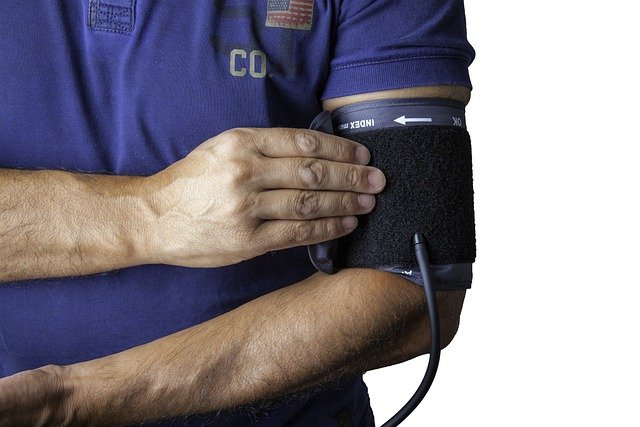Minimally invasive approaches for removing renal calculi
This article outlines minimally invasive methods used to remove renal calculi, describing imaging options, outpatient procedures such as lithotripsy and ureteroscopy, and medical measures that reduce recurrence risk while addressing pain and obstruction.

Renal calculi, commonly referred to as kidney stones, are solid deposits formed from minerals in the urine and present a spectrum of severity from asymptomatic passage to acute obstruction. Modern urology emphasizes minimally invasive options to remove or fragment stones while preserving kidney function. Imaging guides decision-making, and procedures such as extracorporeal shock wave lithotripsy and ureteroscopy/endoscopy enable high success rates with shorter recovery than open surgery. Management also includes pain control, hydration, and metabolic evaluation to reduce recurrence.
This article is for informational purposes only and should not be considered medical advice. Please consult a qualified healthcare professional for personalized guidance and treatment.
How is imaging used to guide treatment decisions?
Imaging is central to diagnosing stone size, location, and potential obstruction. Non-contrast CT scan (ctscan) is the most sensitive test for detecting renal calculi and defining composition and density that influence treatment choice. Ultrasound is often used for pregnant patients or initial evaluation and can detect hydronephrosis from obstruction. Urinalysis complements imaging by revealing hematuria or infection and may help infer stone composition, guiding selection of lithotripsy, ureteroscopy, or surgery.
When is lithotripsy appropriate?
Extracorporeal shock wave lithotripsy (lithotripsy) is a noninvasive option for many small to moderate stones, particularly in the kidney or upper ureter. It uses focused shock waves to fragment calculi into passable pieces. Patient selection considers stone size, density on ctscan, and anatomy. Analgesia or light sedation may be required; some patients need multiple sessions. Lithotripsy avoids incisions, but effectiveness is lower for very hard stones or those located in the lower pole where fragments may not clear easily.
How do ureteroscopy and endoscopy remove stones?
Ureteroscopy and flexible endoscopy allow direct visualization and treatment of stones within the ureter and kidney. A small scope is passed through the urethra and bladder into the ureter; lasers break the stone into dust or fragments for extraction. This approach is valuable for mid-to-lower ureteral stones and renal stones not suitable for lithotripsy. It enables assessment of stone composition through retrieved fragments and can treat concurrent obstruction. Recovery is generally quick, though temporary stents may be placed to assist drainage.
What non-surgical measures support treatment and prevention?
Conservative care focuses on hydration, analgesia, and pharmacology when appropriate. Increasing fluid intake promotes stone passage and reduces recurrence; diet modifications target risk factors such as excess oxalate or sodium. Pharmacologic agents can include alpha blockers to facilitate ureteral passage and specific medications to alter urine chemistry based on stone composition and metabolism. Pain management should be individualized, balancing NSAIDs and opioids when necessary. Prevention strategies combine hydration, dietary adjustments, and targeted medications when indicated.
How do calcium, oxalate, and metabolism affect recurrence?
Stone risk is closely tied to metabolic factors: elevated urinary calcium or oxalate, low urine volume, and altered citrate levels increase stone formation. Metabolic evaluation after an initial stone often includes 24-hour urine testing to quantify calcium, oxalate, and other constituents that determine tailored prevention. Dietary approaches—moderating oxalate-rich foods, maintaining normal calcium intake, and limiting excessive salt and animal protein—work alongside pharmacology to reduce recurrence. Long-term follow-up monitors effectiveness and adjusts therapy based on repeat testing.
When is surgery needed and how is follow-up managed?
Surgery is reserved for large stones, complex anatomy, failed minimally invasive treatments, or stones causing persistent obstruction or infection. Percutaneous nephrolithotomy is a minimally invasive surgical option for large renal calculi, while open surgery is uncommon. After any intervention, urology follow-up includes imaging or ultrasound to confirm clearance, urinalysis to detect infection or hematuria, and metabolic assessment to understand composition and prevent recurrence. Monitoring helps detect residual fragments and guides further prevention strategies.
In summary, minimally invasive care for renal calculi combines accurate imaging, procedure selection tailored to stone size and composition, and medical measures to relieve symptoms and limit recurrence. Lithotripsy and ureteroscopy/endoscopy are central tools in contemporary urology, supported by hydration, diet modification, pharmacology, and regular follow-up using urinalysis and imaging. Individualized evaluation of metabolism and composition helps clinicians choose the most appropriate combination of interventions for durable outcomes.






